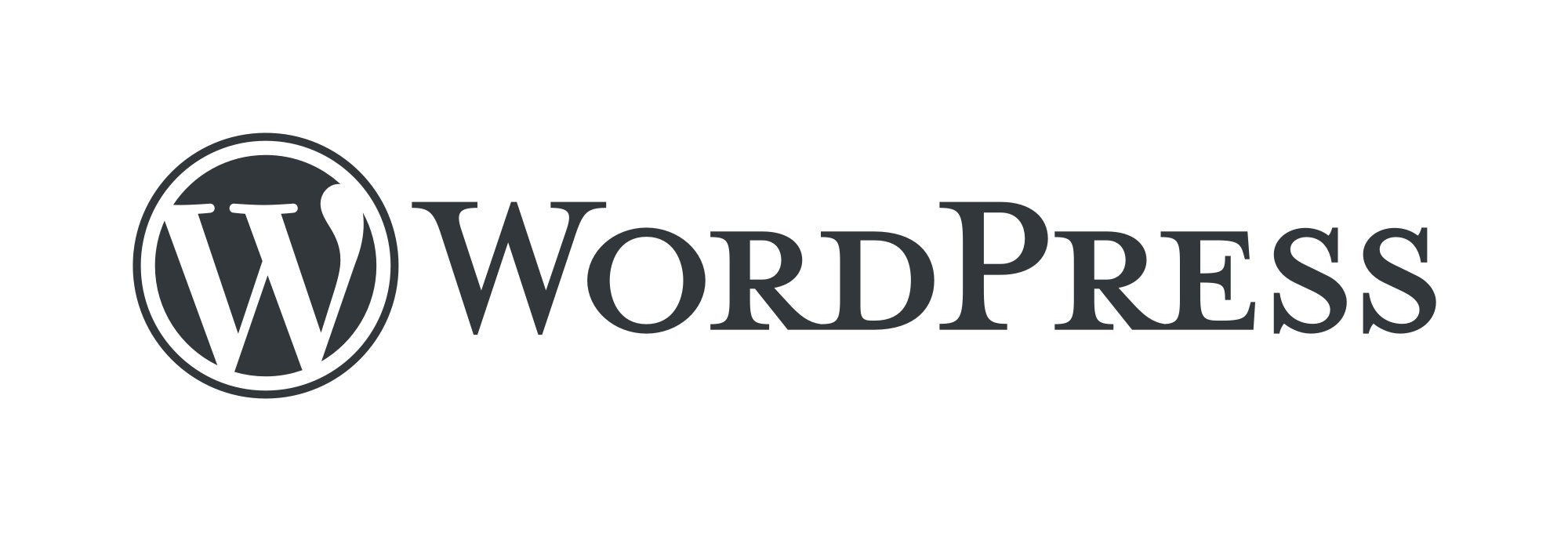In the last few years, several blogging platforms have risen to prominence and established themselves as serious competitors in blogging and content creation. The future looks bright for many of these platforms, but it also holds an interesting twist: some of them will fall from grace and be discontinued altogether, while others will remain on top forever and even become industry standards. If you’re interested in starting your own blog or just want to know where the current leaders stand, this guide will help you rank the top 8 best blogging platforms of 2023 right now!
- WordPress

WordPress has always been a good option for those that want to build their own site from scratch. It’s not necessarily super easy to use, but there are plenty of tutorials available on how to get your site up and running. WordPress is still well-liked among bloggers, so you’ll never be completely out in the left field if you choose WordPress as your blogging platform.
- Medium
With low-friction signup, easy social integrations, and a clear focus on writing (rather than design), Medium strikes a wonderful balance for bloggers who want to be able to post with minimal effort. We like how it hides from view unless you want to use it; meanwhile, claps serve as an indicator that readers actually care about your content—and Medium encourages clapping as well. You can monetize your posts with ads or subscriptions.
- Blogger

This traditional blogging platform is free and simple to use, but it’s not very customizable. Most bloggers who want to monetize their content with ads or affiliate links use WordPress instead. However, if you’re just starting out with blogging and don’t want to spend any money, blogger is a decent option. You can always switch over later as your business grows and needs change.
- Livefyre
Livefyre, a social commenting platform that’s been around since 2010, was bought by Adobe in early 2014 and is considered one of the most popular commenting platforms today. It has 100+ integrations with WordPress and comes integrated with some very popular themes. Although it’s not necessarily a blogging platform in itself, Livefyre offers lots of advanced features for bloggers looking to interact better with their readers.
- Tumblr

You can make a Tumblr for free. This platform is great for posting photos and animations, but text formatting can be a bit tricky. And unless you want to pay $3/month, your posts will have ads attached to them. However, if you like to post lots of video content, Tumblr is one of your best options.
- Typepad
Typepad was founded in 2002 by Carolyn McCray and Mark Armstrong. The platform is particularly notable for its blogging tools; users can, for example, track stats like time on page and bounce rate as well as integrate with Facebook and Twitter. Typepad is owned by the parent company Endurance International Group.
- Squarespace

Squarespace allows users to build their own blogs, and you can create a free website by registering for an account. There are no limits on storage space or bandwidth, but it’s not as versatile as some other platforms; there are some limitations on customizing templates. Squarespace does give you access to publishing tools including SEO and social media marketing, however. By making your own site with Squarespace, you have complete ownership.
- Weebly
This platform gives you every option under the sun for designing and posting your content. While it’s a very robust platform, it’s easy to use, too, which makes Weebly our top recommendation. Their free plan offers great capabilities, while their paid plans are priced reasonably and offer enhanced features. Even though it’s not as user-friendly as some other platforms out there, Weebly is simple enough for beginners to start blogging right away.